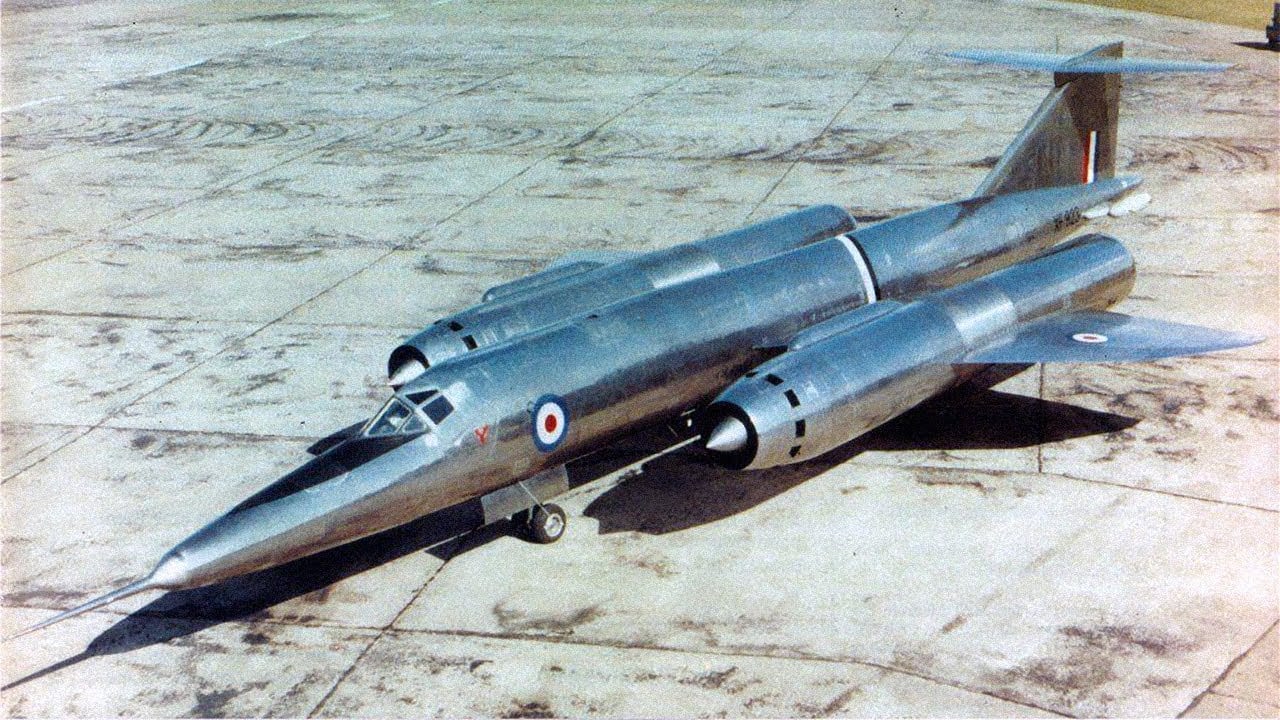The recent explosions at the Azot chemical plant in Russia underscore a critical vulnerability within the nation's industrial infrastructure amid ongoing geopolitical tensions. As military operations escalate, the targeting of such facilities raises alarms about the potential for widespread chemical hazards and the implications for regional security. The incident not only highlights the fragility of Russia's industrial capabilities but also poses significant risks to civilian populations and the environment, emphasizing the need for robust safety protocols and emergency response strategies in high-stakes scenarios. The ramifications of these attacks extend beyond immediate damage, potentially destabilizing supply chains and exacerbating existing tensions in the region.
In light of these developments, the focus must shift toward enhancing resilience within critical infrastructure sectors. Stakeholders should prioritize the integration of advanced monitoring systems and contingency planning to mitigate risks associated with industrial vulnerabilities. Furthermore, the situation calls for a reevaluation of military strategies that consider the broader implications of targeting industrial sites, as the fallout could lead to unintended consequences that affect both military objectives and civilian safety. The need for a comprehensive approach to security and risk management in the context of modern warfare has never been more pressing.








